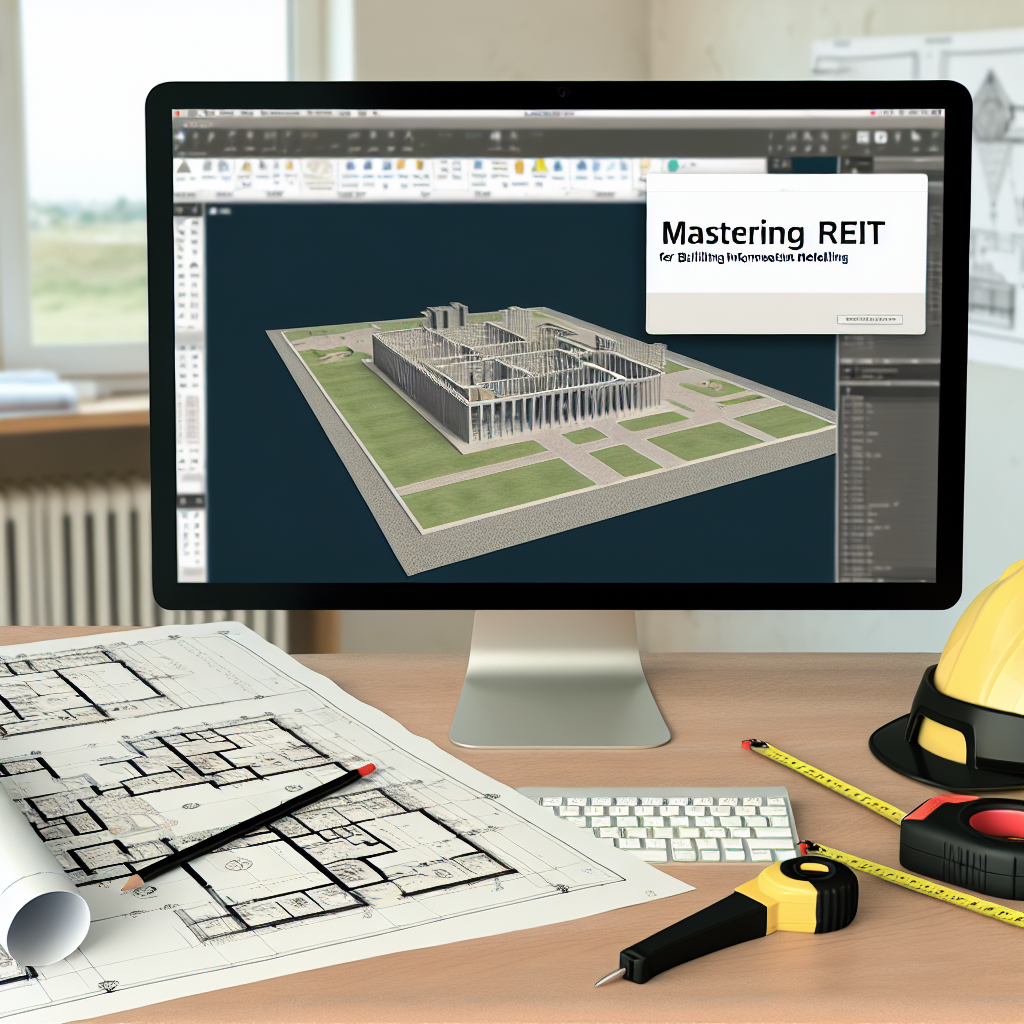Mastering BIM with Revit: Secrets to Efficient Autodesk Project Creation
In the rapidly evolving world of Building Information Modeling (BIM), mastering tools like Revit is essential for delivering efficient, accurate, and sustainable designs. This article will explore key strategies from the #BIM #Masterclass that unlock the secrets to successful Autodesk project creation, helping professionals optimize workflows and enhance collaboration.
Understanding the Power of BIM and Revit Integration
BIM, or Building Information Modeling, has revolutionized architecture and construction by enabling integrated project workflows that foster better coordination, visualization, and construction accuracy. Revit, as a leading BIM software, offers a comprehensive platform for creating detailed, parametric models that serve as the backbone of any successful project.
One of the most critical aspects of mastering Revit is understanding how to leverage its features to streamline project creation. This involves not just creating 3D models, but also embedding data-rich elements that influence project cost, scheduling, and facility management. The #Masterclass emphasizes that effective project setup begins with strategic planning of templates, families, and work-sharing protocols, which significantly reduces errors and rework later in the project lifecycle.
Furthermore, an in-depth grasp of Autodesk’s ecosystem — including plugins, add-ons, and interoperability with other software — amplifies Revit’s potential. This integration allows for seamless data exchange, collaborative workflows, and automation of repetitive tasks, ultimately leading to higher productivity and precision.
Secrets to Efficient Project Creation in Revit
Creating projects in Revit that are both efficient and scalable requires adopting best practices that go beyond basic modeling. The #BIM #Masterclass reveals several critical secrets:
- Template Optimization: Start with well-designed templates tailored to project types. Custom templates speed up initial setup and ensure consistency across multiple projects.
- Parameter Management: Use shared parameters and project parameters wisely to facilitate data sharing and improve coordination with other disciplines.
- Family Development: Develop a library of reusable, parametric families. This reduces modeling time and maintains design consistency.
- Worksharing and Collaboration: Structure projects for multi-user environments by setting up worksets correctly. This minimizes conflicts and enhances team collaboration.
- Automation and Scripting: Utilize Dynamo or Revit API to automate repetitive tasks such as model auditing, parameter updates, or batch modifications, saving valuable time and reducing errors.
Mastering these techniques requires a combination of strategic planning, technical skill, and ongoing learning — qualities emphasized throughout the #BIM #Masterclass. As projects grow in complexity, the importance of organized workflows and data management becomes ever more critical to project success.
In conclusion, understanding how to leverage the full capabilities of Revit and Autodesk tools is vital for effective BIM project creation. By focusing on optimized templates, data management, and automation, professionals can dramatically improve productivity and project accuracy. Embracing these secrets will position you at the forefront of innovative, efficient design and construction practices.
